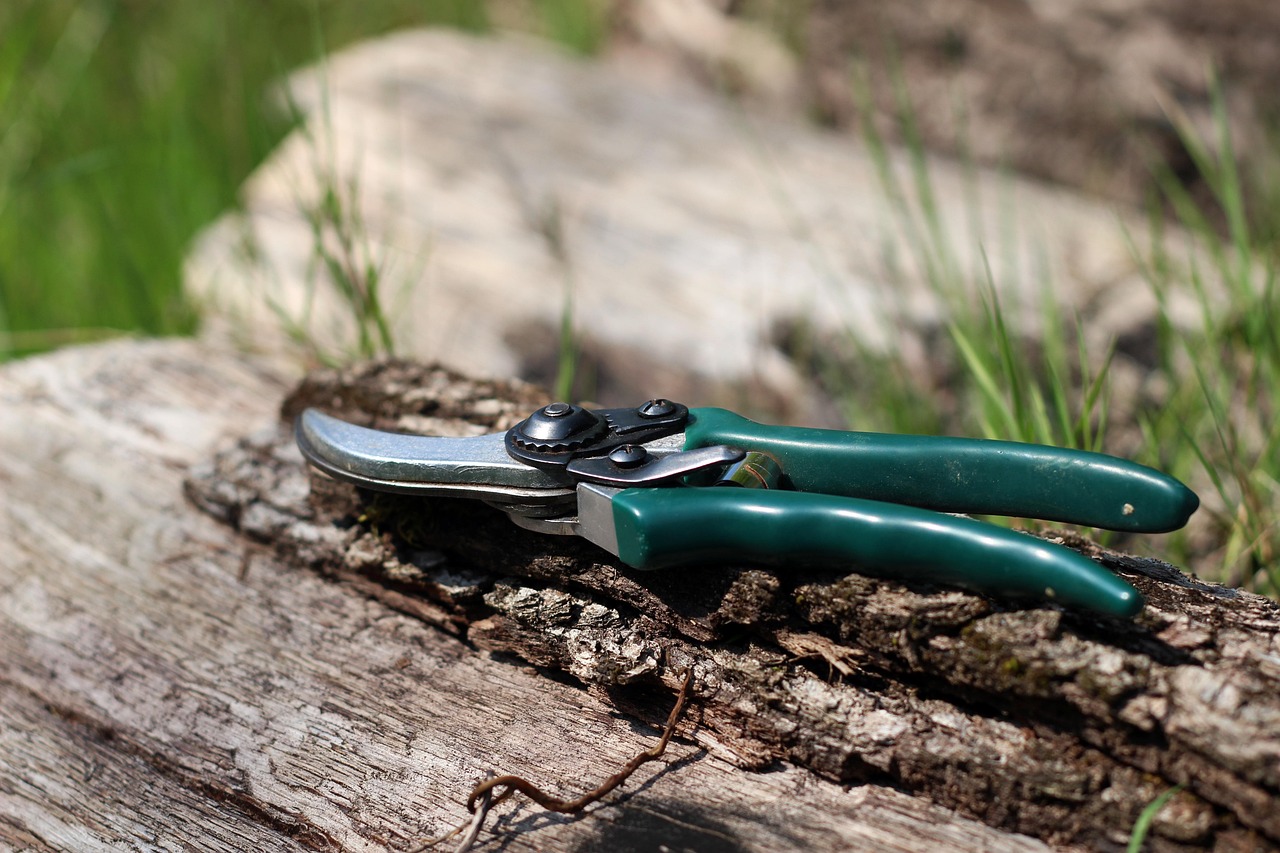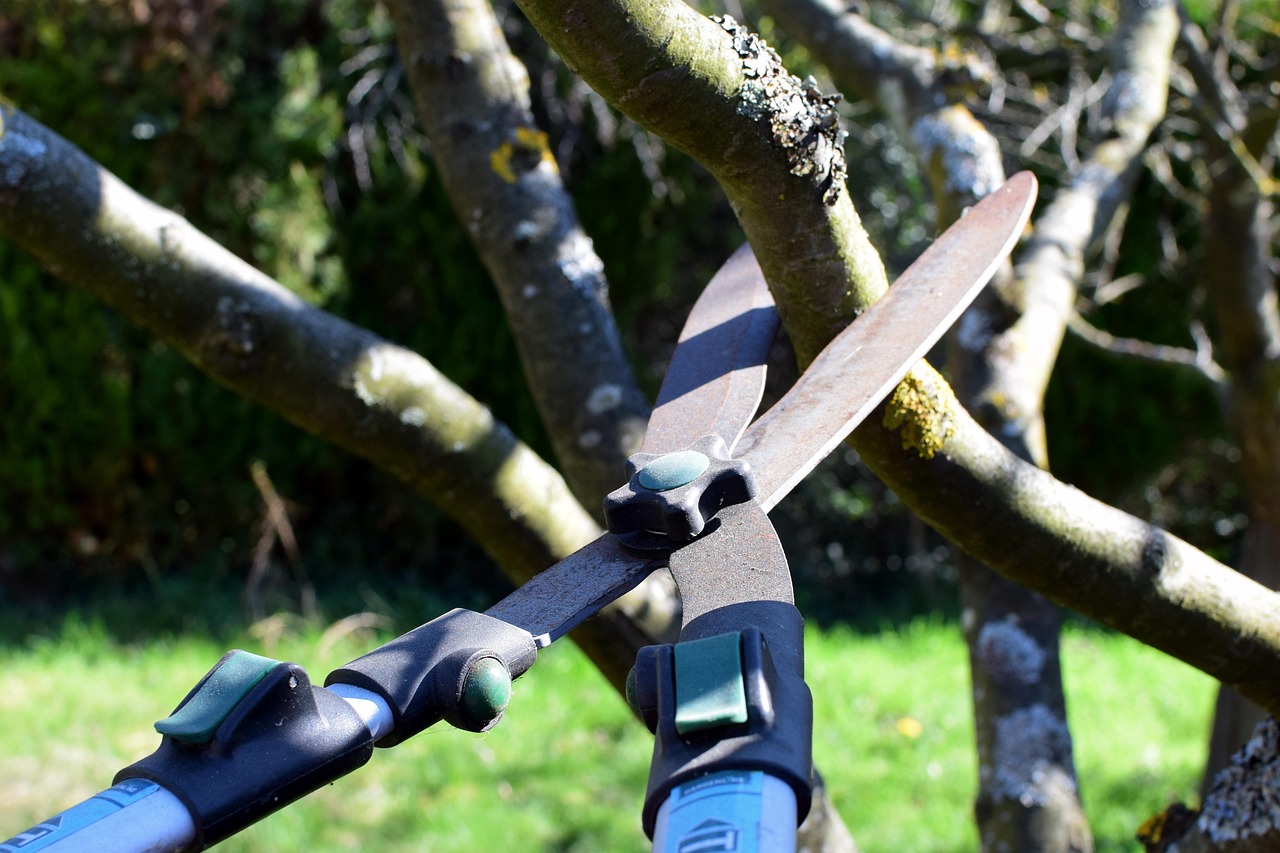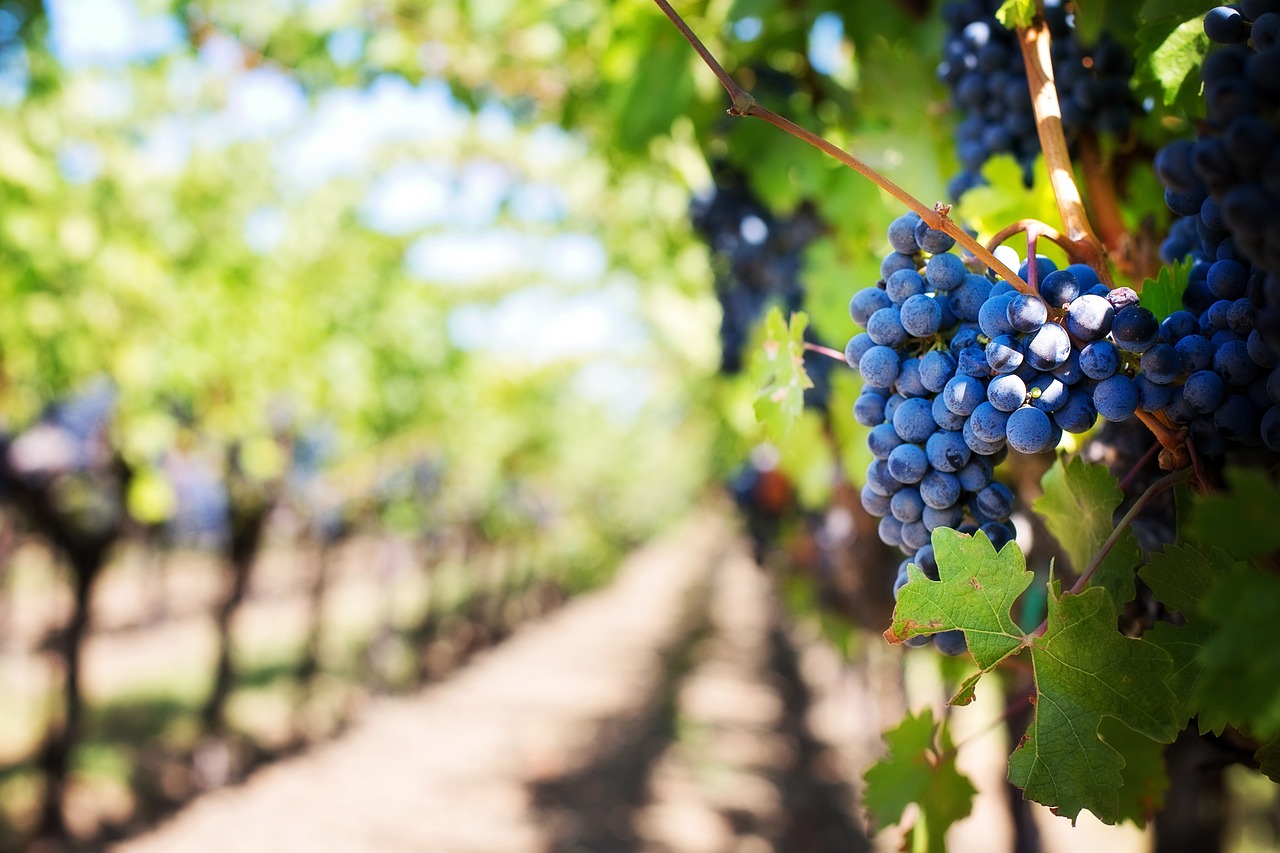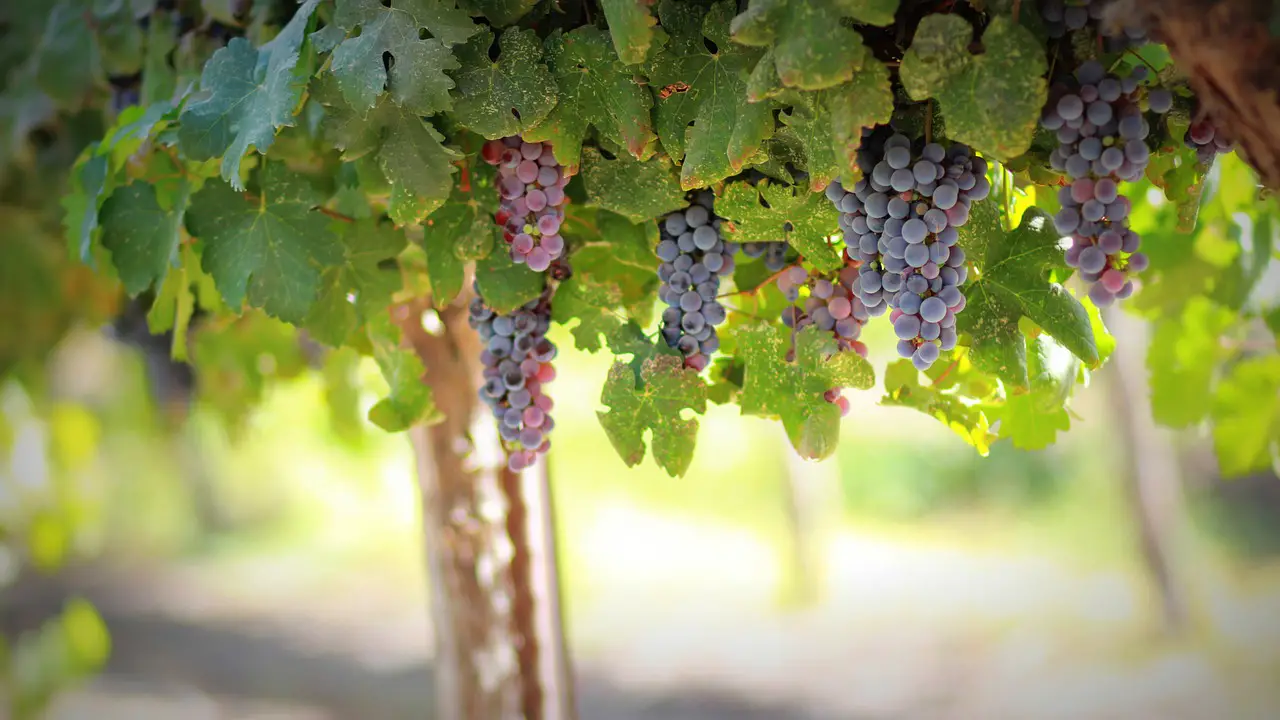Common issues in grapevine pruning techniques include improper timing, incorrect cutting angles, and failing to remove dead or diseased wood. These mistakes can hinder growth, reduce yield, and lead to vine diseases.
Pruning is a vital practice in vineyard management. It directly impacts the growth and productivity of grapevines. The main goal of pruning is to shape the vine, control its size, and encourage healthy fruit production. However, many growers encounter challenges during the pruning process. Understanding these common issues can help improve overall vineyard health and grape quality.

One of the most significant factors affecting pruning success is the timing of the cuts. Pruning at the wrong time can lead to various problems. For instance, pruning too early in the winter can expose vines to frost damage. Conversely, pruning too late can result in excessive growth and reduced fruit yields. Proper timing is critical for optimal vine health.
Another common issue is the angle at which cuts are made. Cuts should be made at a 45-degree angle to promote healing and reduce the risk of disease. Incorrect angles can create large wounds that take longer to heal. This increases the likelihood of fungal infections and other complications. Understanding the correct cutting techniques is essential for successful pruning.
Additionally, failing to properly assess the vine’s condition before pruning can lead to mistakes. Growers must recognize signs of disease or damage before deciding which branches to cut. Neglecting dead or diseased wood can compromise the entire vine. Regular inspections of the vines throughout the growing season can help identify issues early.

Key Factors in Grapevine Pruning
To better understand the challenges associated with grapevine pruning, it is helpful to explore several key factors that contribute to successful techniques. These factors include:
- Pruning Timing: Understanding seasonal changes and the best times for pruning is crucial.
- Cutting Techniques: Using proper angles and tools ensures clean cuts that heal effectively.
- Vine Health Assessment: Regularly checking vines for diseases and damage prevents long-term problems.
- Type of Pruning: Different varieties of grapes may require specific pruning methods.
Each of these factors plays a significant role in determining the success of grapevine pruning. Assessing them helps growers avoid common pitfalls. By focusing on timing, technique, health assessment, and understanding specific grape varieties, vineyard managers can enhance their pruning practices.
In addition to these factors, environmental conditions can also affect pruning outcomes. Weather patterns such as temperature fluctuations, rainfall, and humidity levels can influence vine growth and recovery from pruning cuts. For example, excessive rain can lead to increased fungal diseases, while prolonged dry spells may stress the vine.

The following table summarizes some environmental conditions that can impact grapevine pruning:
| Condition | Impact on Pruning |
|---|---|
| Frost | Can damage newly pruned cuts if done too early in winter. |
| Excessive Rainfall | Increases risk of fungal infections around pruning wounds. |
| Drought | May lead to stress in vines, affecting recovery from pruning. |
| High Humidity | Can promote diseases like powdery mildew after pruning. |
Understanding how these environmental factors interact with grapevine health is essential for effective vineyard management. By monitoring conditions and adjusting pruning techniques accordingly, growers can mitigate risks associated with adverse weather.
Moreover, education and training in proper pruning techniques can significantly reduce common issues faced by grape growers. Workshops, demonstrations, and hands-on training sessions provide valuable information on best practices. Engaging with experienced viticulturists can also offer insights into overcoming specific challenges.

The importance of community support cannot be overlooked. Growers who share their experiences and techniques can foster a collaborative environment that enhances everyone’s knowledge. This exchange of information helps to identify common issues and develop practical solutions tailored to local conditions.
In summary, addressing common issues in grapevine pruning techniques involves understanding timing, cutting methods, vine health, environmental conditions, and ongoing education. By focusing on these areas, vineyard managers can improve their practices and ultimately enhance grape quality and yield.
Common Mistakes in Grapevine Pruning
Understanding common mistakes in grapevine pruning can significantly enhance the overall health of the vines and the quality of the grapes produced. Many growers, especially those new to viticulture, may overlook crucial details during the pruning process. This section will delve into specific mistakes that frequently occur and how to avoid them.
Improper Pruning Techniques
One of the most prevalent mistakes is using improper pruning techniques. Each vine variety has its own pruning requirements. Misunderstanding these can lead to poor vine development. Here are several key pruning techniques to keep in mind:
- Thinning: This involves removing excess shoots to allow for better air circulation and light penetration.
- Heading Back: Cutting back shoots to promote new growth can help shape the vine but must be done carefully to avoid excessive trimming.
- Cane Pruning: Involves selecting one or two canes to keep for fruiting, which is ideal for certain grape varieties.
- Renewal Pruning: This technique encourages new growth by cutting back older wood, ensuring longevity and productivity of the vine.
Each of these techniques requires attention to detail. Improper execution can result in reduced yield or even damage to the vine. Therefore, it is essential to familiarize oneself with the specific needs of each grape variety being cultivated.
Neglecting Wound Care
After pruning, care for the cuts made on the vine is often neglected. Wounds left untreated can invite pests and diseases, compromising vine health. Here are some best practices for wound care:
- Cleansing Tools: Always use sterilized tools when pruning to prevent disease transmission.
- Sealants: In some cases, applying a sealant can help protect larger cuts from fungal infections.
- Monitoring: Regularly check pruned areas for signs of infection or disease.
Proper wound care plays a crucial role in maintaining vine integrity and promoting healthy growth after the pruning season. Growers should prioritize these measures to ensure their vines recover effectively.
The Role of Training Systems
Training systems are integral to successful grapevine management. They influence how vines grow and how effectively they can be pruned. Choosing the right training system is vital for maximizing sun exposure and airflow, which are crucial for fruit quality. Here are some common training systems:
- Cordon Training: This method involves training the vine along a wire, allowing for easier management and maintenance.
- Sustainable Vertical Shoot Positioning (VSP): This system keeps shoots upright, facilitating sunlight penetration and air circulation.
- Guyot Training: This is a popular method where one or two canes are trained horizontally, encouraging fruit-bearing growth.
- Bilateral Cordon: This system uses two horizontal cordons, allowing for a dense canopy that can maximize yield.
Selecting an appropriate training system based on vineyard conditions and grape variety can significantly impact pruning success. Growers should consider factors such as climate, soil type, and grape variety when choosing a system.
Ignoring Seasonal Variability
The timing of pruning should also account for seasonal variability. Grapevines respond differently based on climate and weather patterns. For example:
- Cool Climates: Pruning may need to be delayed until later in winter to avoid frost damage.
- Warm Climates: Early pruning can encourage earlier bud break but must be balanced with potential heat stress.
- Mild Winters: In regions with mild winters, growers may choose to prune later in the season to maximize vine health.
By being aware of seasonal variability, growers can adapt their pruning schedules accordingly. This adaptability helps in minimizing risks associated with unexpected weather changes.
Understanding Vine Growth Cycles
A comprehensive understanding of a grapevine’s growth cycle is essential for effective pruning. The growth cycle typically includes several stages:
- Dormancy: During winter, vines are dormant, making it an ideal time for pruning.
- Budding: As temperatures rise in spring, buds begin to swell and open.
- Flowering: This stage occurs shortly after budding and is crucial for fruit set.
- Ripening: In late summer, grapes mature and develop their flavors before harvest.
Understanding these stages can help growers determine the best times for pruning and other vineyard management practices. Timing interventions correctly according to the growth cycle enhances overall vineyard performance and grape quality.
The interplay between pruning techniques, training systems, seasonal variability, and an understanding of the vine’s growth cycle is essential for managing a productive vineyard. By addressing these aspects thoughtfully, grape growers can mitigate common issues in pruning techniques effectively.
Identifying and Managing Common Diseases
In addition to pruning techniques, grapevines are susceptible to various diseases that can adversely affect their growth and fruit quality. Understanding how to identify and manage these diseases is crucial for maintaining healthy vines. This section will explore some common diseases associated with grapevines and how improper pruning can exacerbate these issues.
Fungal Diseases
Fungal infections are among the most common problems affecting grapevines. They thrive in conditions of high humidity and poor airflow, which can be exacerbated by improper pruning. Key fungal diseases include:
- Powdery Mildew: This disease appears as a white, powdery substance on leaves and fruit. It thrives in warm, dry conditions.
- Downy Mildew: Caused by a different fungus, this disease leads to yellow spots on leaves and can cause fruit rot.
- Botrytis Bunch Rot: Also known as gray mold, this disease affects ripening grapes, leading to soft, decayed fruit.
To manage these fungal diseases effectively, growers should ensure adequate airflow through the canopy by employing proper pruning techniques. Removing excess foliage and dead wood allows for better circulation and sunlight exposure, which can help reduce humidity levels around the vine.
Bacterial Diseases
Bacterial infections can also pose significant challenges for grape growers. Some of the most notable bacterial diseases include:
- Bacterial Blight: This disease causes dark lesions on leaves and stems, leading to premature leaf drop.
- Crown Gall: Characterized by tumor-like growths on roots and stems, this disease can severely weaken the plant.
Effective prevention of bacterial diseases often involves proper sanitation practices. Growers should sterilize pruning tools frequently and remove any infected plant material promptly. Awareness of disease symptoms can lead to quicker intervention and better management of these threats.
The Impact of Insect Pests
Insect pests can also complicate grapevine management, particularly if pruning is not performed correctly. Some pests feed on the vines or the fruit itself, leading to diminished yields and compromised fruit quality. Key pests to watch for include:
- Grape Phylloxera: A tiny insect that attacks the roots of grapevines, causing them to weaken over time.
- Spider Mites: These pests thrive in dry conditions and can cause leaf discoloration and defoliation.
- Aphids: Small sap-sucking insects that can transmit viruses and weaken plants.
Improper pruning can create openings for these pests to enter and damage the vines. To minimize pest infestations, growers should maintain good vine health through proper care and timely interventions. This includes regular inspections for signs of insect activity and taking action before infestations become severe.
Soil Health and Its Role in Pruning
The health of the soil directly impacts vine growth and resilience against diseases and pests. Healthy soil supports robust root systems that are crucial for vine nutrition. Below are some practices that contribute to maintaining soil health:
- Cover Cropping: Growing cover crops can improve soil structure and prevent erosion, enhancing overall vine health.
- Soil Testing: Regularly testing soil can help determine nutrient levels and inform fertilization practices.
- Organic Matter Addition: Incorporating compost or organic matter boosts soil fertility and microbial activity.
Healthy soil supports vigorous vine growth, which can mitigate some of the adverse effects of improper pruning or environmental stresses. By focusing on soil health, growers can create a more resilient vineyard overall.
Nutrient Management
Nutrient management is an essential aspect of vineyard care that complements pruning practices. Grapevines require adequate levels of nitrogen, phosphorus, potassium, and trace elements to thrive. Here are some ways to manage nutrients effectively:
- Balanced Fertilization: Applying fertilizers based on soil test results ensures that vines receive the necessary nutrients.
- Foliar Feeding: In cases of nutrient deficiency, applying fertilizers directly to the leaves can provide a quick boost.
- Timing of Applications: Nutrient applications should align with key growth stages for maximum effectiveness.
By managing nutrient levels appropriately, growers can enhance vine health. This ultimately leads to improved resilience against diseases and pests, providing a strong foundation for effective pruning practices.
Environmental Stressors and Their Effects
Environmental stressors such as drought, excessive rain, or extreme temperatures can significantly impact grapevine health. These stresses can lead to poor growth responses following pruning. Understanding how these stressors affect vines is essential for effective management strategies.
- Drought Stress: Insufficient water can lead to stunted growth and reduced fruit size. Vines under stress may not recover well from pruning.
- Excessive Rainfall: Heavy rains can saturate soil, leading to root rot or fungal infections. This also affects the timing of pruning as wet conditions may delay necessary interventions.
- Temperature Extremes: Extremely high or low temperatures can shock vines, reducing their vigor and ability to respond positively to pruning efforts.
Coping with these environmental stressors involves proactive vineyard management practices. These may include irrigation strategies during dry spells or implementing drainage solutions in areas prone to flooding. By addressing environmental factors, growers can enhance their vines’ resilience and improve overall outcomes from pruning activities.
Implementing Best Practices for Effective Pruning
To mitigate the common issues associated with grapevine pruning, it’s essential to implement best practices tailored to individual vineyard conditions. These practices not only enhance vine health but also improve the quality of the grapes produced. Below are several key strategies that can help ensure successful pruning outcomes:
- Regular Training and Education: Growers should invest in continual education about pruning techniques and vineyard management. Workshops and online resources can provide valuable insights.
- Utilization of Technology: Modern tools such as drones and soil moisture sensors can assist in monitoring vineyard conditions. This technology helps in making informed decisions regarding pruning and overall management.
- Record Keeping: Keeping detailed records of pruning practices, vine health, and environmental conditions can help identify patterns over time. This information can guide future pruning decisions.
- Collaboration with Experts: Consulting with viticulture experts can provide tailored advice based on specific vineyard challenges. Collaborating with local agricultural extensions or research institutions can also offer new perspectives.
By employing these best practices, vineyard managers can create a proactive approach to pruning. This not only reduces the risk of common issues but also fosters a healthier vineyard environment.
The Importance of Observational Skills
Another vital aspect of effective grapevine management is the ability to observe and assess vine health regularly. Growers should develop strong observational skills to detect early signs of stress or disease. Key indicators include:
- Leaf Color Changes: Yellowing or browning leaves may indicate nutrient deficiencies or disease.
- Budding Patterns: Uneven or delayed budding can signal underlying health issues.
- Fruit Development: Monitoring fruit size and color progression throughout the growing season is essential for ensuring optimal ripeness at harvest.
Regular observations allow for timely interventions. Early detection of potential issues enables growers to take corrective actions before they escalate into significant problems.
Environmental Sustainability in Pruning Practices
As the agricultural industry moves towards more sustainable practices, grapevine management must also adapt. Sustainable pruning techniques can help protect the environment while promoting healthy vineyards. Consider the following approaches:
- Organic Practices: Utilizing organic fertilizers and pest control methods reduces chemical runoff and promotes biodiversity within the vineyard ecosystem.
- Soil Conservation Techniques: Implementing erosion control measures and cover cropping not only enhances soil health but also minimizes environmental impact.
- Water Management Strategies: Efficient irrigation systems can conserve water while ensuring that vines receive adequate moisture, especially during dry spells.
Adopting sustainable practices benefits both the environment and vineyard productivity. As consumers increasingly seek sustainably produced wines, growers who prioritize these practices may also find a competitive advantage in the market.
Final Thoughts
In conclusion, understanding common issues in grapevine pruning techniques is essential for successful vineyard management. By addressing factors such as timing, cutting techniques, disease management, and environmental conditions, growers can significantly improve their practices. The interplay between vine health and effective pruning cannot be overstated, as proper care leads to healthier vines and higher-quality grapes.
The incorporation of best practices, continuous education, and regular observation contributes to a proactive approach in vineyard management. Sustainable practices further enhance this approach, ensuring that vineyards not only thrive today but also remain viable for future generations. Ultimately, a well-pruned vine is fundamental to producing exceptional wine, making ongoing investment in knowledge and technique a priority for all grape growers.
The journey through grapevine pruning is one filled with challenges and opportunities. By learning from common pitfalls and embracing innovative solutions, growers can cultivate thriving vineyards that produce high-quality grapes year after year.
